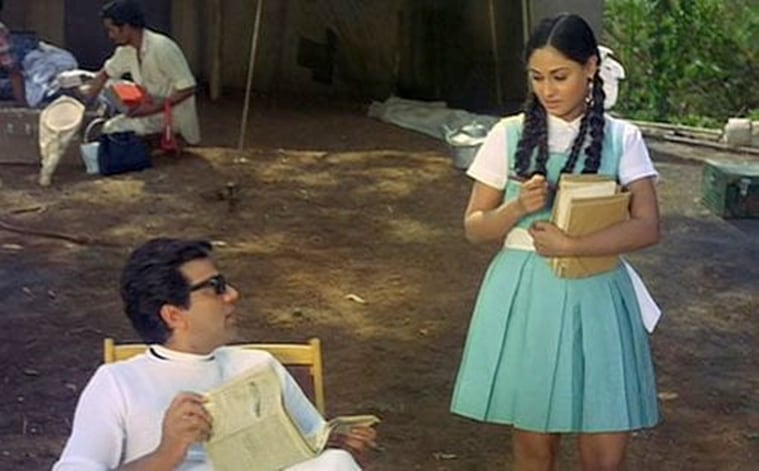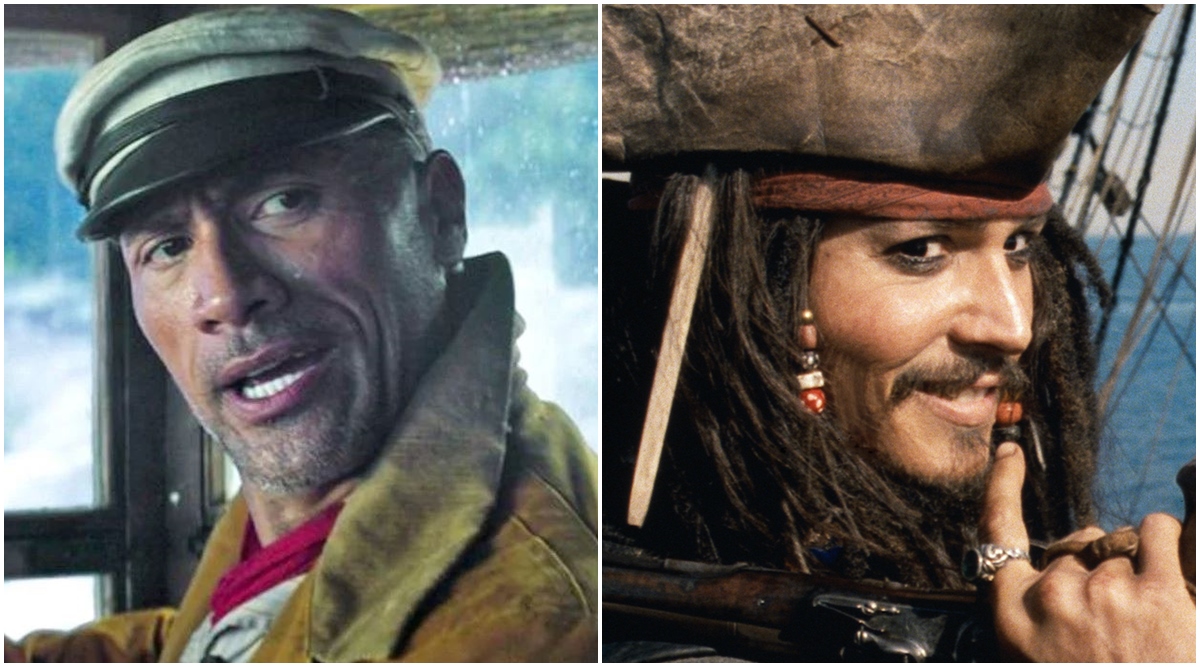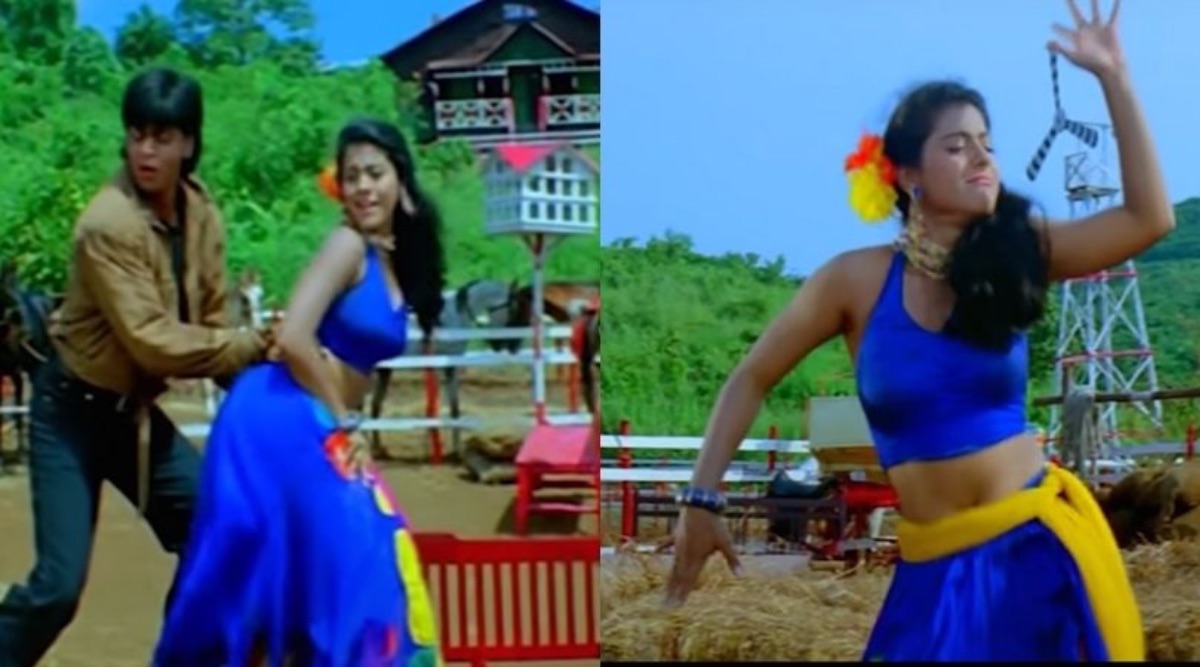It has been 50 years since the doe-eyed Guddi (played by a luminous Jaya Bachchan) turned up on a film set to meet her hunky idol (the He-Man Dharmendra, playing himself). The Hrishikesh Mukherjee film, released in 1971, with the message that ‘not everything that glitters is gold’, remains as relevant today for its hard look at life when the arc lights are switched off and red carpets are rolled up.
Guddi is a star-struck young girl who admires Dharmendra to the point that she refuses the wedding proposal of boy-next-door Navin (Samit Bhanja). She says she has devoted her love and life to the actor, like Meera let go of all the worldly things for Giridhar. It is then that her uncle (Utpal Dutt) decides to show her the reality of the glamour world. Through her multiple visits to the movie sets, Guddi (Jaya) realises how everything on the screen is fake. As she distances herself from the world of make-believe, she connects with her reality and people around her.
What is interesting is how the director, via Dharmendra, represents the truth of Bollywood. Before Guddi visits the sets for the first time, there is a sequence where Utpal Dutt talks to Dharmendra about the contribution of everyone on the set of a film. An actor is given a script by the writer, a cameraman makes him look good and a director tells him how to act, but it is only he who is in front of the camera who earns name and fame. It is sad but also true that even in 2021 the situation is somewhat similar. Even as the definition of celebrity changes with social media influences, 360-degree coverage and advent of OTT, the cult of stardom has been dented but hardly destroyed. Clearly, a few things haven’t changed about the Hindi film industry even in 50 years.
In another sequence, Dharmendra takes Guddi to the shoot of a scene starring Om Prakash. As he talks about food, a worker loses consciousness. Dharmendra orders people on the set to take him to the hospital. Soon, Om Prakash subtly talks about the disparity at the workplace. He hints that while stars take away a hefty amount, the people who help them barely survive.
In another scene, Pran’s body double is injured while performing an action sequence. Navin tells a worried Guddi, “This would be cut from the film. It won’t be shown.” Both the scenes give a searing insight into what goes behind making a film and how the people on the bottom of the ladder are exploited and overworked.
The film also stars Asrani as Kundan. A struggling actor who was dazzled by the glittering lights of the film industry, his character arc showcases how there is often disappointment and grief at the end of a Bollywood journey. As the film nears the climax, we also see Dharmendra taking Guddi to a ruined film set. He remembers Bimal Roy and some iconic films made on the sets but just like the site, the filmmaker and films are forgotten and have become a thing of the past. Dharmendra also mentions how stars’ life remains popular till the time they are successful. He states that once a hero or heroine is out of the limelight, nobody remembers them.
We also get to know the truth of a reporter or a photographer’s life as we watch the film. In a sequence, when Dharmendra shuts off a reporter for repeatedly asking for his photo, the reporter replies that he has a family to look after. He adds that people in the media care more about cinestars because they want to earn money. He says if there is no big face on the front page of a newspaper or a magazine, it won’t be picked or read.
Similarly, there are several other instances that urge the viewers to find the real heroes rather than invest in people performing for the camera. In a country which is still obsessed with its stars, this is perhaps the film which makes for an essential viewing even today for its truth bombs.
Source link




